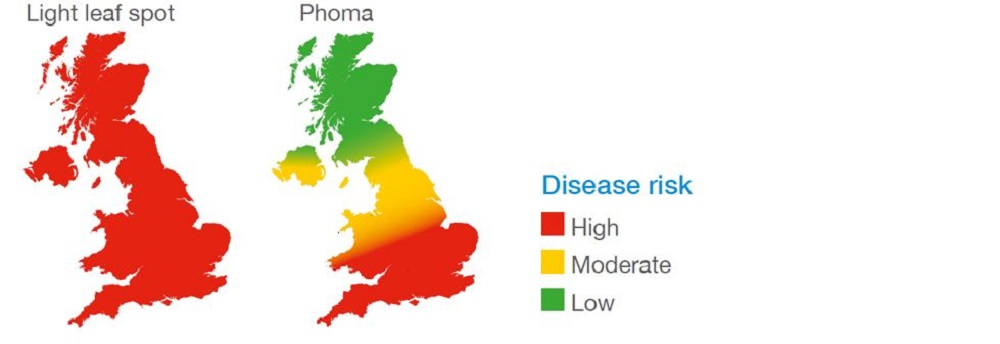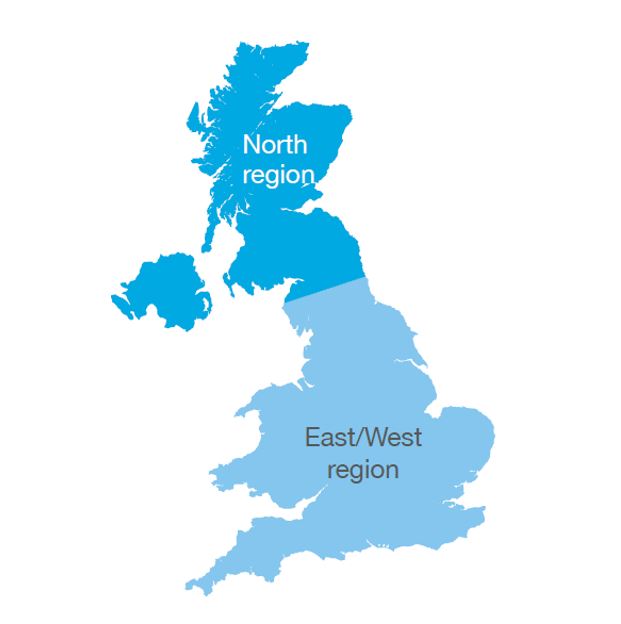- Home
- Variety selection tool for winter oilseed rape
Variety selection tool for winter oilseed rape
Navigate Recommended Lists (RL) winter oilseed rape trial data, make comparisons and identify the most promising varieties for your unique situation.
.JPG?v=637780452210000000) AHDB
AHDB
Use filters to home in on winter oilseed rape varieties and agronomic merit scores to reveal those with the greatest genetic potential to resist lodging and diseases on your farm.
Important notes
- This tool is based on RL 2025/26 data (released 2 December 2024)
- The next update is scheduled for early 2026 to reflect RL 2026/27 data (released 1 December 2025)
- To use the tool, click on the image (below)
Footnotes
1. Variety filters
Filters are a simple way to exclude varieties from an analysis. Only varieties that meet your needs show in the scatter plot chart (bottom right).
For example, use the drop-down variety options to specify variety type (conventional/restored hybrid) and select specialist varieties (e.g. HEAR/HOLL). Use the drop-down menu to specify the scope of recommendation.
Use the green slide selectors (or number boxes) to define preferred ranges for yield (gross output), quality (oil and glucosinolate content), disease resistance and other key agronomic features.
Note: For many fields, it is possible to select values to one decimal place. Often rounded up/down to the nearest whole number in the RL publication (e.g. most disease ratings), the tool provides greater selection power. Note: take care to not exclude unintended data (e.g. to show varieties with a published resistance rating of 7, select a range of 6.5–7.4).
Select ‘Clear all filters’ to reset all values to the RL default values (i.e. as published in the main RL with no varieties excluded).
2. What is agronomic merit?
Disease resistance and good agronomics are considered more crucial than yield by many farmers and agronomists. Agronomic merit is a non-yield based metric that aims to capture the genetic potential for resistance to disease and lodging, to help farmers and agronomists with variety selection. The RL includes resistance ratings for key diseases and lodging. However, the relative importance of these factors will depend on your particular situation. Agronomic merit takes account of a variety’s resistance to two key diseases (light leaf spot and stem canker) and lodging, as well as their relative importance. It is displayed on the X-axis of the chart. The table below provides an example of an agronomic merit calculation.
| Component | Importance | Weighting* | Resistance Rating ** | Score |
|---|---|---|---|---|
| Light leaf spot | Very High | 10 | 7.6 | 76.0 |
| Stem canker | High | 7 | 7.8 | 54.6 |
| Stem stiffness | Medium | 4 | 7.7 | 30.8 |
| Lodging | Medium | 4 | 7.8 | 31.2 |
| Earliness of maturity | High | 7 | 5.3 | 37.1 |
| Agronomic Merit | 230 | |||
*RL resistance ratings use a simple scale: from 1 (least resistant) to 9 (most resistant). **Ratings and weightings shown for illustrative purposes. Importance: Very high = 10, high = 7, medium = 4 and low = 1.
The regional yield data selected determines the default importance levels. To override the default, click on the required importance level (button turns dark green). In addition, to view a particular RL resistance rating on the X-axis, instead of agronomic merit, click on the corresponding RL rating button. This sets the weighting for the selected resistance rating to 1 and the others to 0.
3. Disease importance

4. Regions used for calculation of regional yields.
5. Alternative views
The coloured dots can also show a range of alternative views. For example, scope of recommendation – use the ‘Distinguish by varieties’ drop-down box.
The coloured dots can also show a range of alternative views. For example, scope of recommendation (East, West and North), end-use groups or the number of trials (for specific situations) – use the ‘Distinguish by varieties’ drop-down box.


